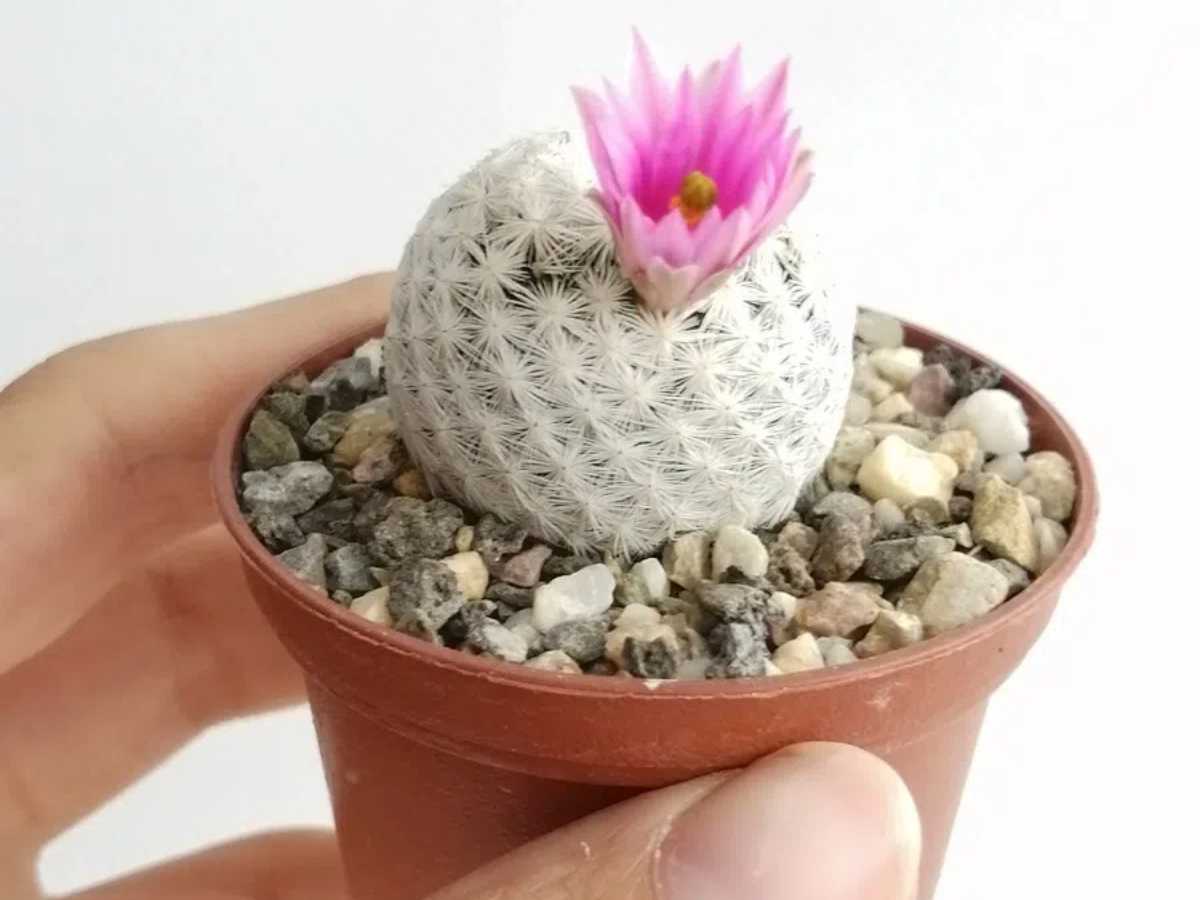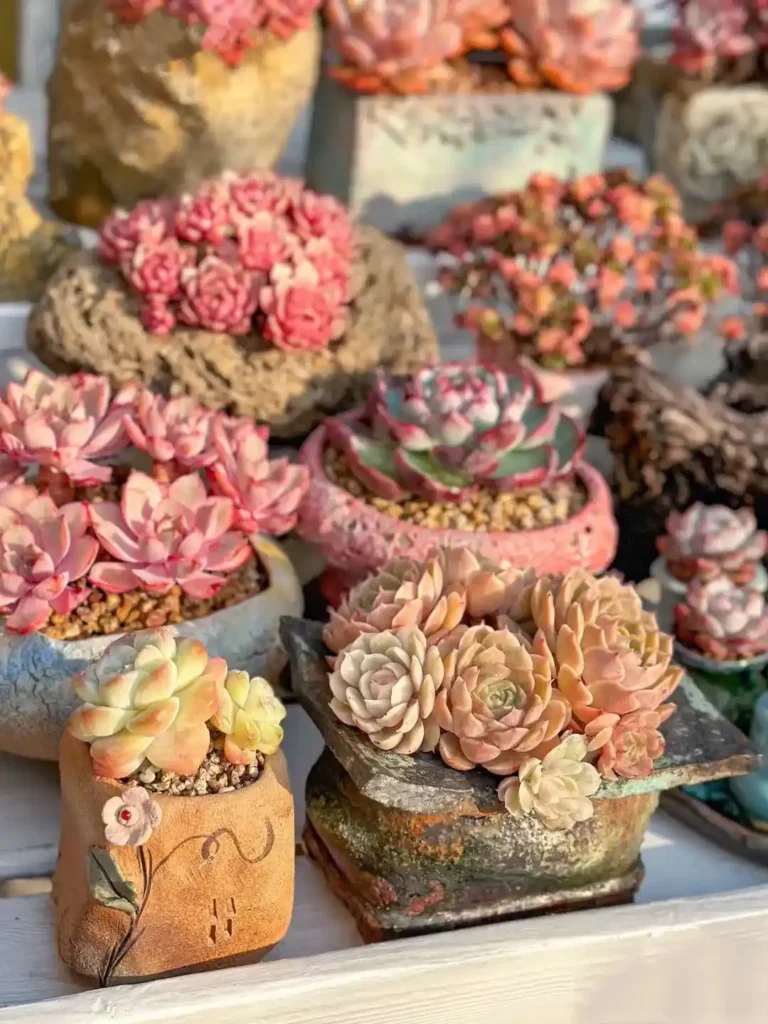Why doesn’t your succulent bloom? 3 Keys to Desert Rose Bloom
“The white bird that I’ve had for 3 years has finally bloomed! It’s as cute as a mini dandelion~” – this was my most exciting moment last week. Today we will talk about: how to make succulents switch from ‘loaded vegetables’ mode to ‘blooming mania’?

The golden formula for succulent blooming: saving energy + unlocking environmental codes
- Energy banking: nutrient accumulation is fundamental
Succulent blooming is like buying a house – it needs enough deposit (nutrients)! The “down payment threshold” of different species varies greatly:
White Bird: the king of slow growth, 7-8 years to bloom (comparable to the sloth of the cactus world)
Silver Fingers: can bloom in 3 years, but flowers as small as a grain of rice
Golden Amber: 20cm+ in diameter to bloom, takes 60 years to bloom in the wild, and 30 years to be maintained indoors
Tips for Maintaining Succulent Succulents:
Fertilizing Tips: Apply Potassium Phosphate (KFP) once a month (Phosphorus and Potassium Ratio of 1:3) during the growth period to promote blooming
Watering Rhythm: Moderate controlled watering 2 weeks before blooming. Watering rhythm: 2 weeks before flowering, moderate water control, simulate the dry season to stimulate survival instincts
- Light code: read the biological clock of plants
Succulents are sensitive to light duration in 4 categories:
Types Representing varieties Flowering conditions
Long-day plants Wheat Sedum Light > 14 hours per day
Short-day plants Chrysanthemum cactus Light < 12 hours per day
Mid-day plants Dragon fruit 12 hours of precise light
Day-neutral plants Anthocynanthus (such as Chihuahua) Unlimited duration, temperature is right, then open. Open when the temperature is right
Pit Avoidance Tip: For indoor care, we recommend using full-spectrum plant lights (10,000-15,000 lux) and 4 hours of supplemental light per day.
Temperature magic: the game of vernalization vs. temperature accumulation
- The winter freezer effect
Certain succulents need a “cold holiday” to flower:
The three sisters of vernalization: Sedum, Sedum, Sedum Alpine
How-to: Keep 0-10°C for at least 30 days in winter (simulate this with the fridge’s fruit and vegetable layer) - Thermal piggy bank theory
Tropical varieties (e.g. Euphorbiaceae) need an effective accumulation of temperatures:
Calculated from (average daily temperature – minimum growing temperature) x days ) x number of days
Case:
Native to Mexico, Ocimum gratissimum: need > 15 ℃ environment lasts 90 days
South Africa, Ikaruga: need > 20 ℃ environment lasts 60 days
Flowering accelerated tips: 5 immediate results
Cuttings preferred: dragon fruit branch cuttings bloom in 1 year, sowing takes 3-5 years
Water control abuse: 2 weeks before flowering to reduce watering 50%, simulating the natural dry season
Temperature stimulation: maintain a temperature difference between day and night 10 ℃ + (25 ℃ during the day / 15 ℃ at night the best) 25℃ during the day/15℃ at night)
Precise light supplement: Use Kihunder intelligent timer to control the light cycle
Thinning leaves to promote flowering: Remove the old leaves at the bottom, and focus on nutrient supply to the flower arrows
First aid guide: When succulents “forcefully bloom” flowers…
If you find a weak succulent forcibly blooming:
Cut the flowers to save your life: cut the flower arrows immediately to avoid nutrient overdraft
ICU care:
Soak the pots to rehydrate (add HB-101 Energizer in the water)
Move to a place of diffused light for 2 weeks
Autumn accounts: change the pots after the recovery, and check the health of the root system
Global succulent friends real test report: flowering difficulties
Florida: high temperature and high humidity easy to rot
UK: insufficient light need to supplement the light
Australia: some varieties need to be frozen in winter
Canada: long-term short-term need to be extended greenhouse
Uncle Succulent’s private words:
“Remember, succulent blooming is like love – you can’t force it, but you have to create the opportunity! Give them the right light, temperature and patience and the surprise will always come ~”





